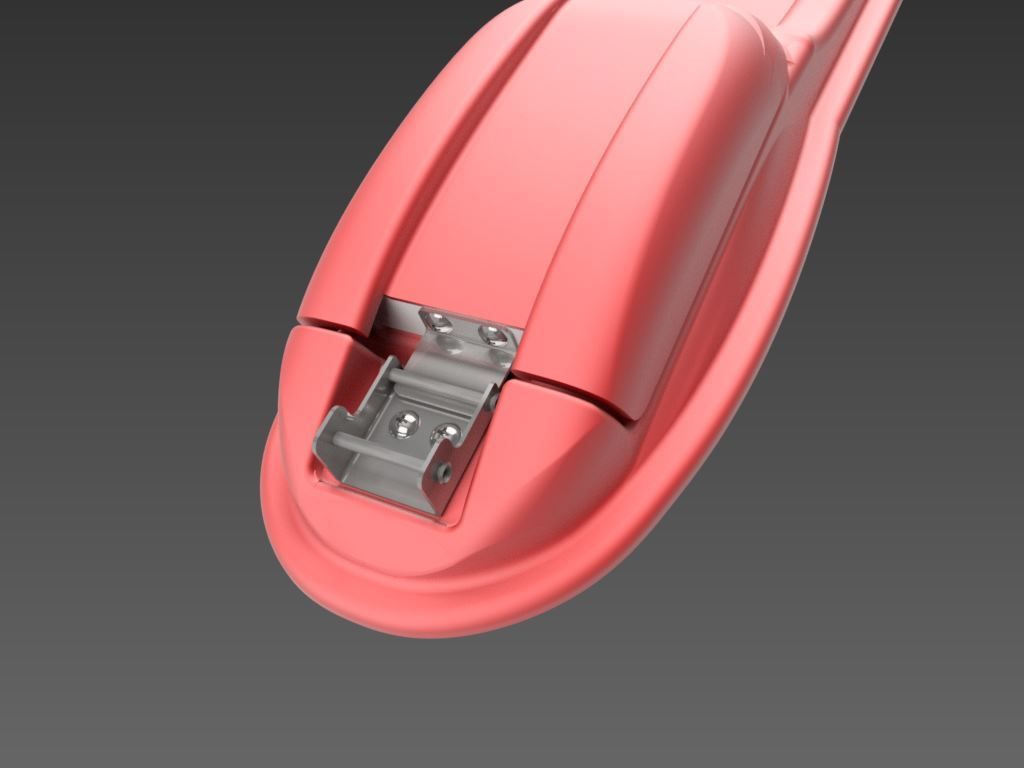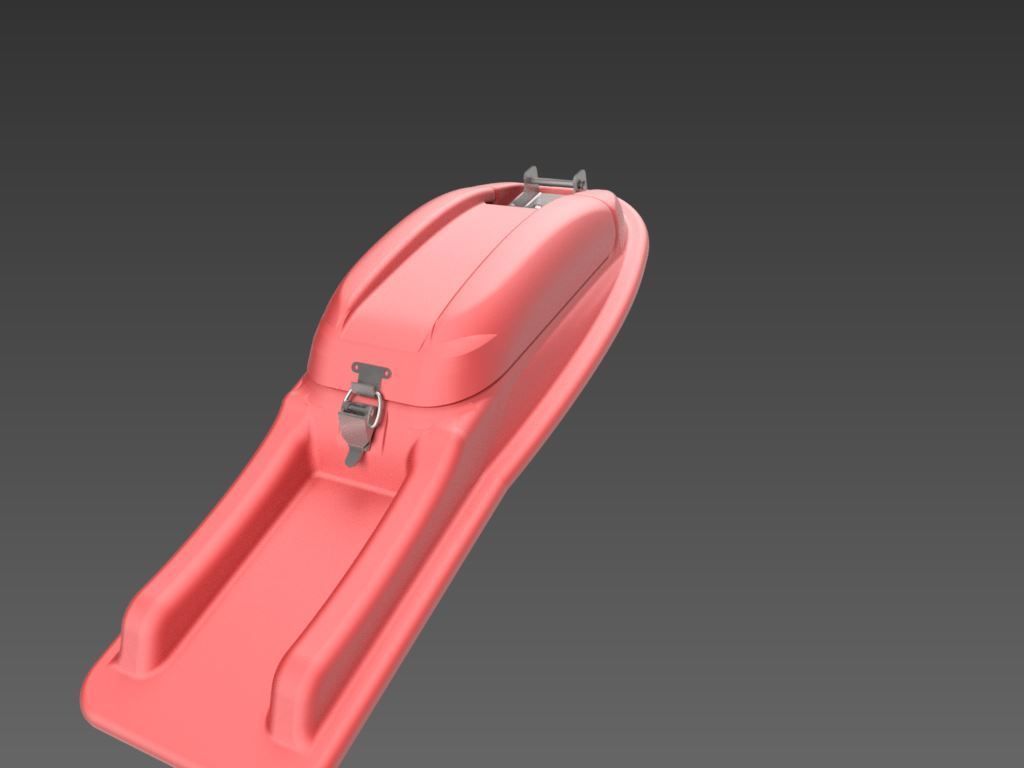I am moving away from a model that is 100% 3D printed to about 5%. If my calculations are correct, I can reduce the weight from 510g to approximately 350g. This creates alot of new challenges. Just about everything needs to be redesigned. In other words: Optimistically 1 week, but realistically a month.
I did a burn test in the tub earlier with the motor going full throttle for about 5 minutes and the motor became very hot.. Enough to evaporate water rapidly. A little bpipe analogy - another 1/4 turn shut and it would be sizzling! So like I expected - this will need cooling. The good news is that the ESC only got a little warm, therefore I have no plans to include water cooling for the ESC. I have been toying with the idea of a lighter battery that I could drop yet another 40g of weight and keep the same capacity, but discharge ratings are borderline with the motors max current draw. However, those max ratings are the stall current which should never occur. I will have to do some real world testing to see if these batteries are sufficient.


